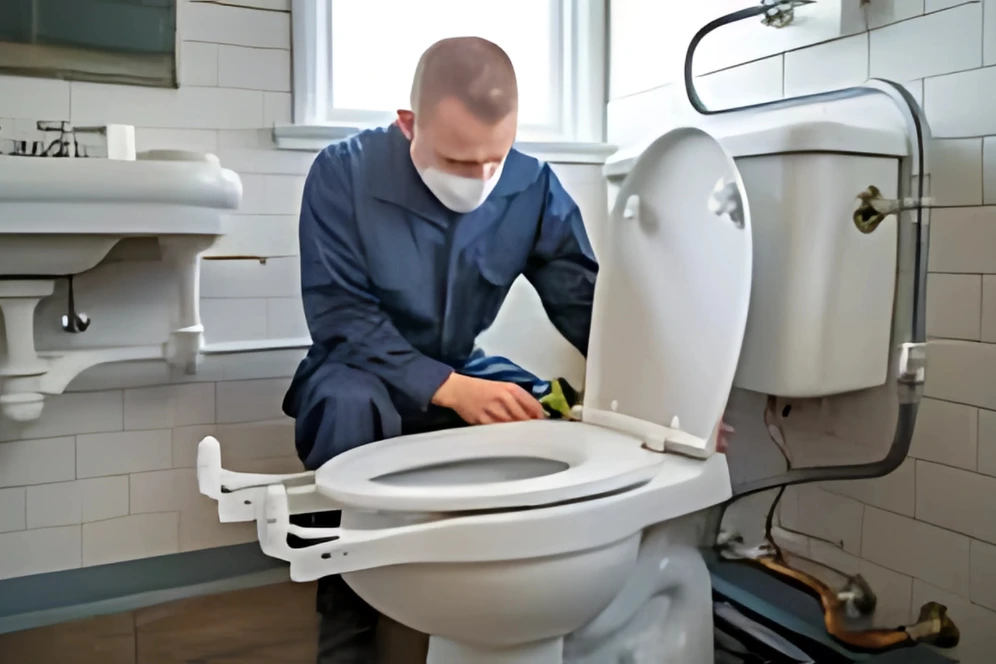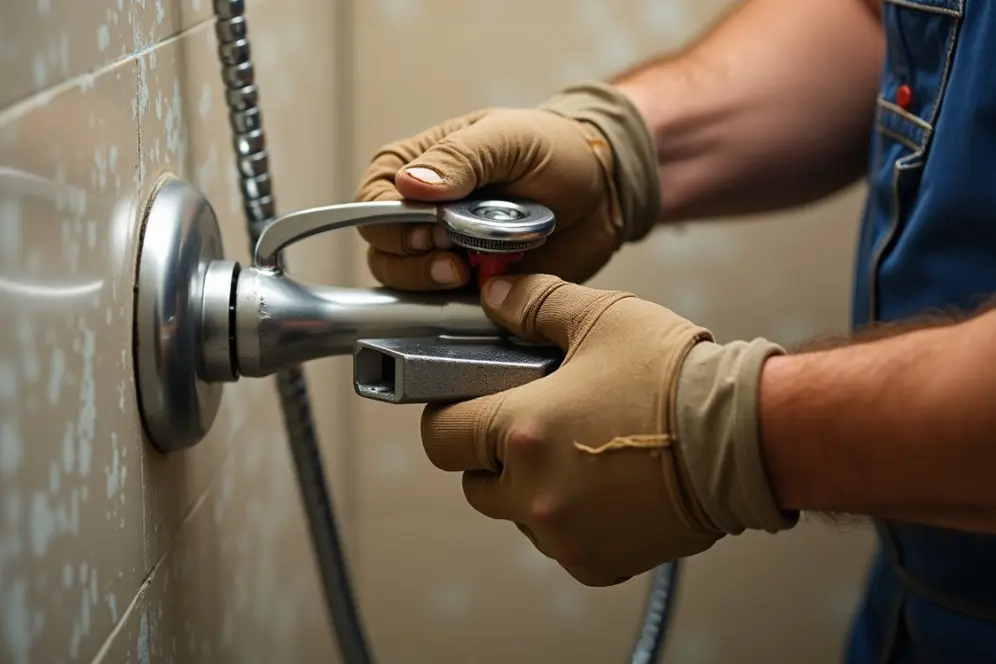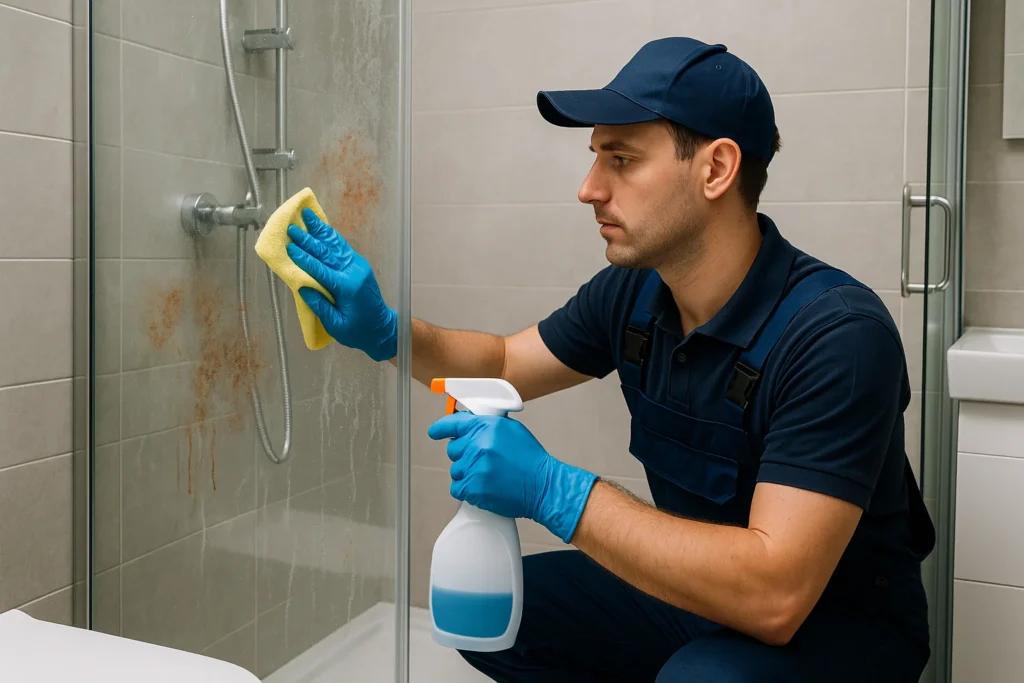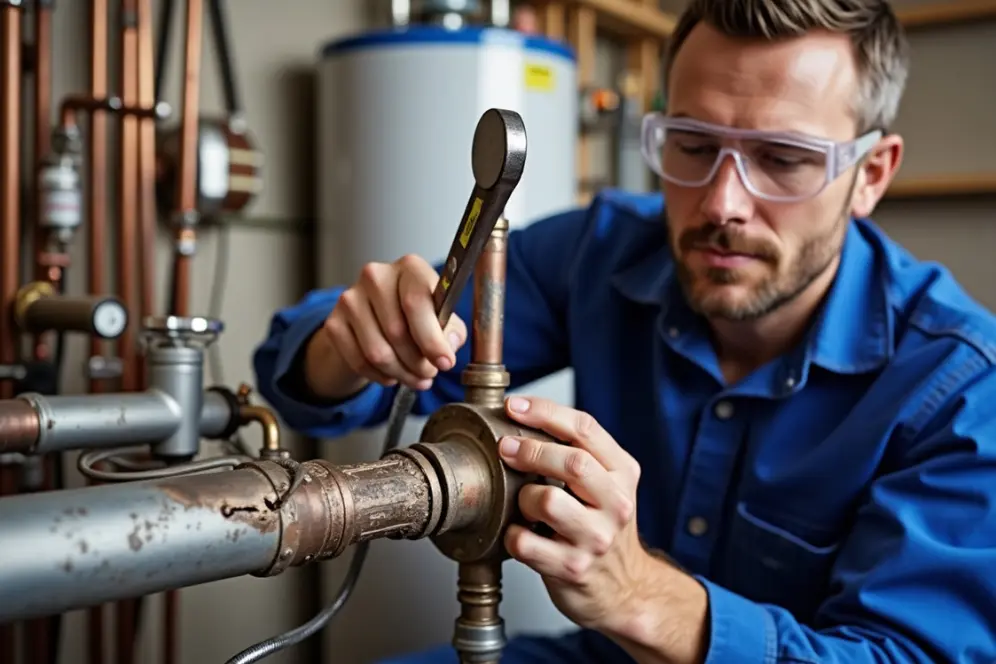How to Fix a Phantom Flush?
Even though nobody touched it, have you ever been sitting in your living room minding your own business and then heard your toilet flush? If so, you have personally encountered a phantom flushing toilet. Although it sounds eerie, many homes deal with this frequent plumbing problem. We will explore in great detail how to fix a phantom flush, why it occurs, and how you might avoid it going forward on this site. Many unhappy homeowners wonder how to fix a phantom flush. Usually indicating a steady leak of water from the tank into the bowl, a toilet that looks to flush itself is This leak causes the tank to empty sufficiently over time that the refill mechanism turns on to supply additional water, producing the sound of a flush without anyone there. Fortunately, most occurrences of phantom flush resolve themselves easily if you know what you are looking for. Let’s cover what you need to know about cracking this creepy plumbing riddle. What Causes a Phantom Flushing Toilet? Solving the issue requires knowing why your phantom flushing toilet behaves in such manner. A bad flapper is the most often occurring cause. At the base of your toilet tank, the rubber seal is called the flapper. It rises when you flush and closes back down later to retain tank water. This flapper may wear out, distort, or break over time causing tiny water leaks into the bowl. Additional causes could be a broken flush valve seat, overflow tube issues, or a too tight chain that slightly raises the flapper. The smallest difference can let enough water escape to initiate a toilet flushing on its own terms. Additionally interfering with sealing is sediment accumulation from hard water, which aggravates the phantom flush even more. How to Fix a Phantom Flush? Knowing the root of the issue now will help us discuss how to address a phantom flush. You should first want to check the flapper within your toilet tank. Take off the tank lid carefully then check inside. The flapper should be visible seated over the flush valve and fastened to a chain. Press down lightly on the flapper. You’ve located the problem if the phantom flushing stops! To get any dirt that might be stopping a tight seal off the flapper and valve seat, try using a sponge and vinegar. Still, most of the time the easiest and most successful fix is changing the flapper. Turn off the water supply to the toilet, flush it to empty the tank, unclip the old flapper, then clip in the new one. The chain should be somewhat slack, but not so much as it would catch under the flapper. Done right, this basic fix will stop your phantom flushing toilet and bring harmony back into your bathroom. Look over the flush valve and the overflow tube if the flapper isn’t the issue. Sometimes misalignments or cracks here can also cause leaks that set off phantom flushing. Under some circumstances, the flush valve assembly may have to be replaced. Why Phantom Flush Repair is Important Ignoring a phantom flush repair problem can cost more than only inconvenience. A slow leak can lose hundreds of gallons every month, which is shockingly large quantity of water! That is money literally running down the toilet. Consistent leaking can also occasionally ruin your flooring or raise your chance of more major plumbing issues down-stream. Learning how to remedy a phantom flush not only solves a bothersome issue but also protects your house and helps you save water bill expenses. When to Call a Professional for Phantom Flush Repair Although a basic DIY flapper replacement usually solves most cases of phantom flushing toilet, not every scenario is that simple. Should you replace the flapper and still find that your toilet flushes on its own, you may want to call a qualified plumber. Our staff can assist if you live in Los Angeles and discover that your toilet need more than a basic repair. We at Toilet Installation Los Angeles not only install toilets but also provide professional repair work. Whether it’s a full toilet replacement or a recurring phantom flush, Derks Plumbing can guarantee correct first-time completion of the task. Using a specialist guarantees accurate diagnosis of the problem. Phantom flushing can occasionally be brought on by undetected issues with the plumbing line itself or secret cracks in the toilet bowl. Early identification of those problems will help you avoid later more costly repairs. Preventing a Phantom Flushing Toilet Knowing how to cure a phantom flush is only one aspect; another is knowing how to stop it from occurring once more. Key is regular maintenance. Spend some time every few months looking over the elements within your toilet tank. Particularly around the flapper and flush valve, look for wear, warping, or mineral accumulation. If you reside in a hard water location, think about putting in a water softener. Hard water can hasten mineral accumulation inside your toilet, increasing leak likelihood. Furthermore avoid using strong chemical cleansers within the tank since they accelerate the deterioration of rubber components like the flapper. At last, treat the flushing mechanism of your toilet carefully. By stressing the internal components and resulting in early degradation, jerking or slamming the handle might aggravate phantom flush problems. Can a Phantom Flush Cause Long-Term Damage? In most cases, a phantom flushing toilet won’t immediately cause severe damage. However, the continuous cycle of filling and leaking can put extra strain on the internal parts of your toilet. Over time, this can lead to larger leaks, higher water bills, and even the need for a complete toilet replacement. If your toilet is older and experiencing multiple issues beyond phantom flushing — such as frequent clogs, weak flushing power, or cracks in the porcelain it might make more financial sense to replace it entirely. Upgrading to a modern, water-efficient model can save you money in the long run and prevent future phantom flush headaches. And remember, when it’s time to










